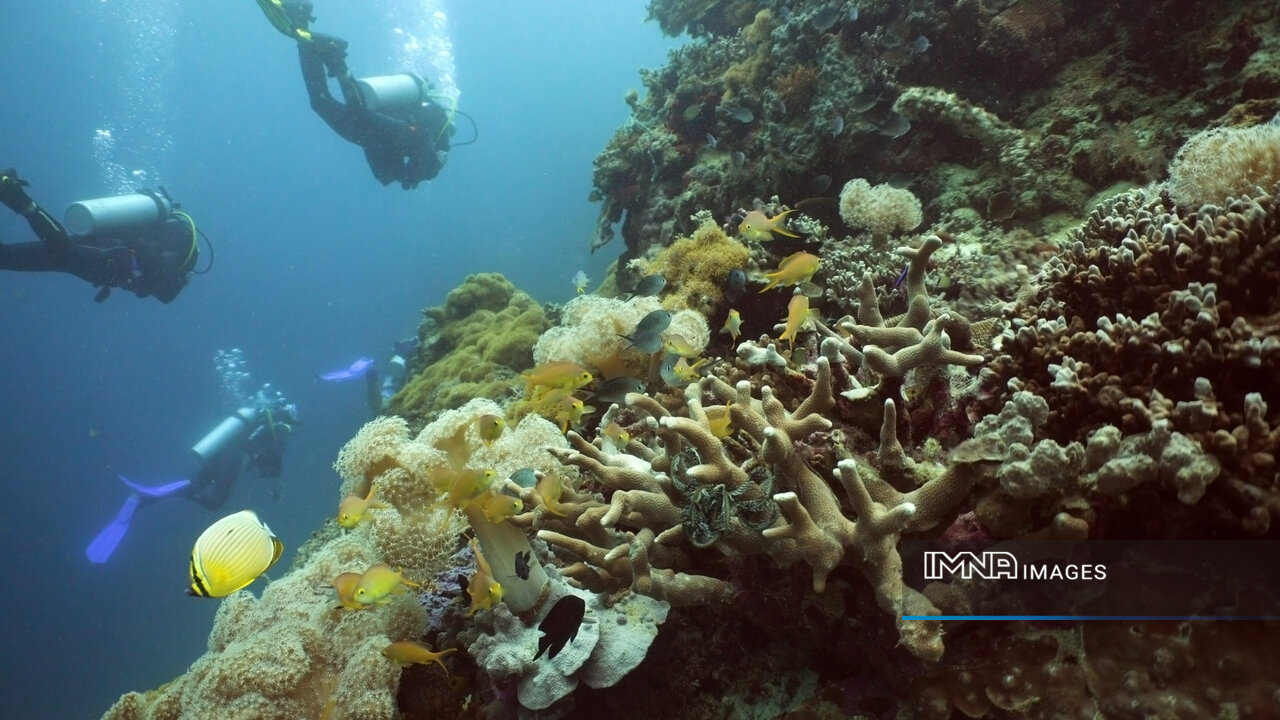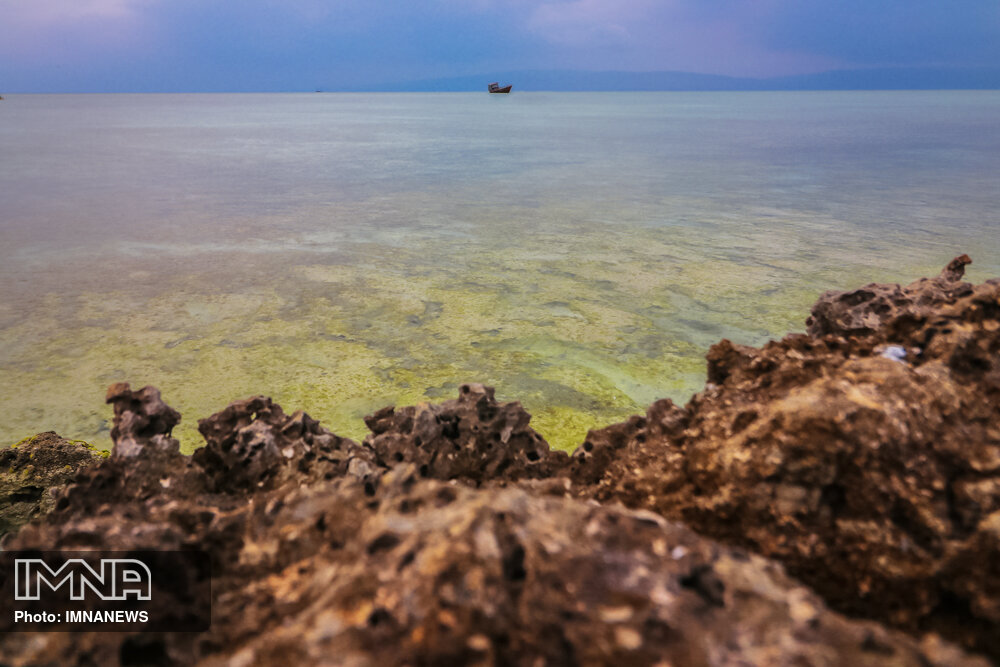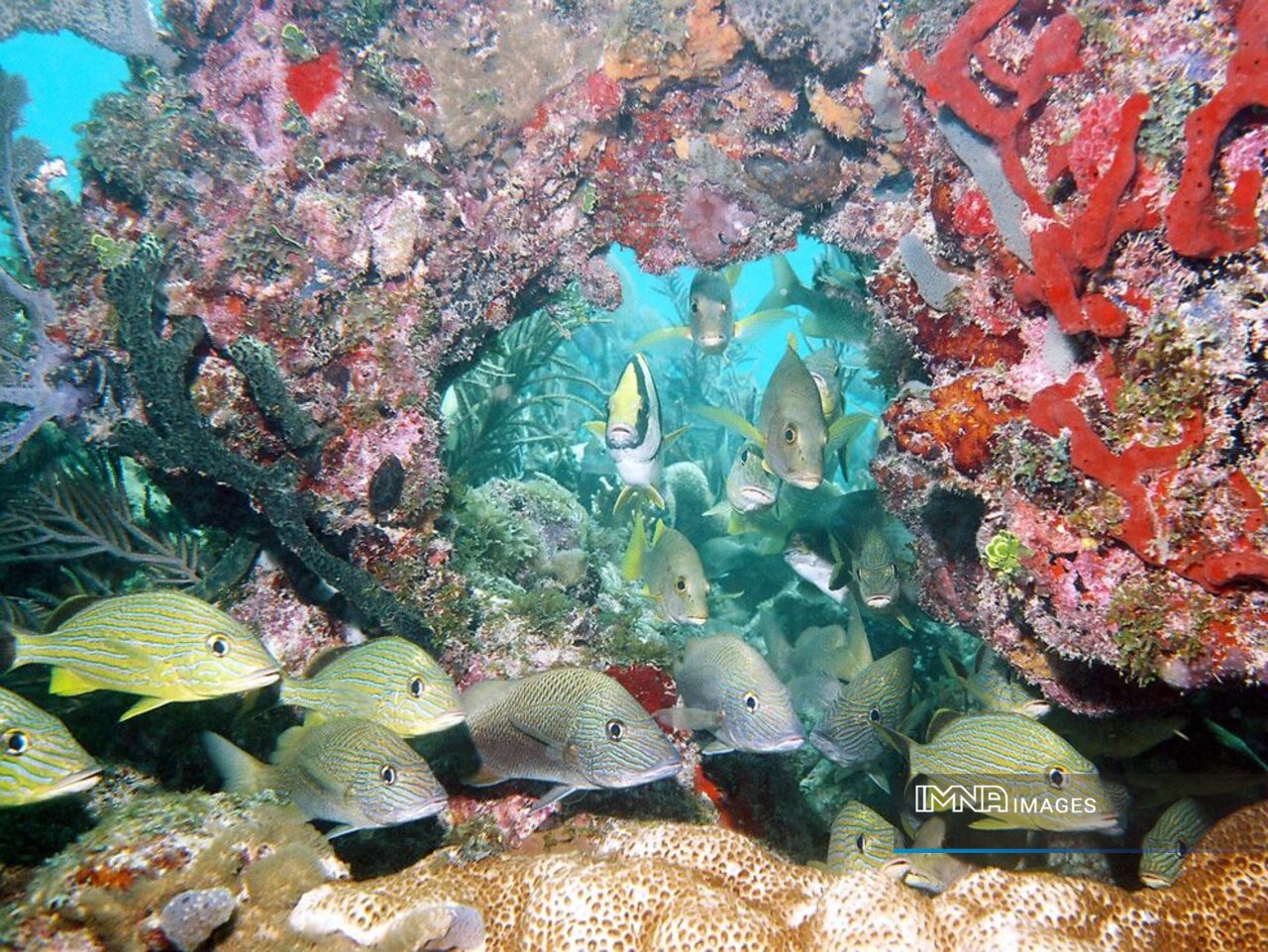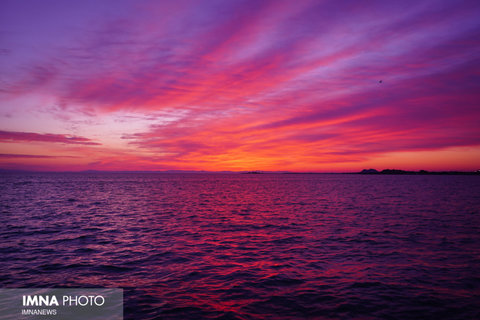Iran (IMNA) - Although the Persian Gulf is a significant body of water with regard to its biodiversity and environment, it is currently under grave risk due to a number of factors.
The problems facing the Persian Gulf have negatively affected this watershed and its aquatic life, and these include temperature rises, reduced oxygen levels, acidity, and—above all—pollution of the aquatic environment.
The younger generation that lives in the Gulf will see it lose much of the marine life to which they have been used if these pressures are not reduced or made sustainable soon. Additionally, although the bulk of the known marine life declines, other creatures could profit from the altered environment.

The Persian Gulf is home to 2 species of dolphin and whale, 1,100 species of fish, 5 species of turtle, the second-largest population of manatees, 232 species of seaweed, and 4 million migratory birds each year. However, 240 important species and many habitats are currently threatened.
With Iran, Oman, Iraq, Kuwait, Saudi Arabia, Bahrain, Qatar, and the United Arab Emirates, the enclosed water basin shares borders. The Persian Gulf and the Sea of Oman are joined by the Strait of Hormuz.
Even though the Persian Gulf is of utmost importance to the littoral cities in terms of economics, the environment, and society, there is no coordinated effort in place to safeguard its marine life, although there are numerous international conventions and protocols to do so.
The Persian Gulf has around 60% of the world's oil reserves, and by erecting refineries, oil platforms, and complexes nearby, we've created a pathway for sewage, chemicals, and oil to enter the ocean.
Each year, more than 10,000 ships travel between the Persian Gulf and the Sea of Oman, with the transfer of crude oil and petroleum products accounting for 75% of those voyages.
Pollution in the Persian Gulf has been aggravated by the discharge of numerous waste items such as engine cleaning water, sewage, and ship balance water.
The impact of carbon on aquatic ecosystems is another harm; thus, the more carbon the water absorbs, the more acidic it gets.
According to the findings of an eight-year study, changes in the pH of the aquatic environment harm aquatic animals with carbonate-based exoskeletons like starfish, oysters, and butterflyfish and cause their shells to become unstable. These changes also cause complex changes in the food chain.

The University of Tehran's Institute of Geophysics professor Asghar Bohlouli lists the acidification of these two water bodies (the Persian Gulf and the Sea of Oman) as another environmental issue facing this area.
By the end of the century, about 20% of native species in the Persian Gulf will be dying out, and 10% of emerging species that may be harmful will take their place, according to Hassan Mohammadi, the coordinator of the Regional Organization for the Protection of the Marine Environment (ROPME). This prediction was made in December 2019 by studies, according to Hassan Mohammadi.
Everywhere on Earth, water is becoming more acidic as a result of the rise in greenhouse gases.
Tragically, the dropping rate of PH is higher than typical in the Persian Gulf, where it is predicted to be roughly 0.7 percent every 10 years, which is double the average rate of acidity in other parts of the world.
One of the most significant impacts of acidification is the loss of coral ecosystems, crustaceans, and marine shells with calcium carbonate shells.
Hypoxia is one of the extra dangers to the Persian Gulf. According to experts, the main factors that aggravate the phenomenon of oxygen depletion in marine environments are global warming, the increase in sewage inflow, and chemical fertilizers that contain inorganic phosphorus and nitrogen. As a result, a sizeable portion of the world's marine environments has turned into dead zones.
Studies show that there is a serious oxygen shortage in the Sea of Oman from the mouth of the Strait of Hormuz to the deep waters in front of Chabahar at a depth of more than 50 meters.
The state of oxygen insufficiency arises when the amount of dissolved oxygen in water falls below 2 mg/liter (about 60 micromoles/kg).

In some oceanic regions and other ecosystems, this phenomenon happens naturally at depths between 200 and 1000 meters.
Bacterial microbial breakdown of organic materials, the remains of the corpses of living creatures, and oxygen consumption form a beach contaminated with sewage and agricultural fertilizers.
The Persian Gulf's corals have suffered serious harm in recent years as a result of the rise in water temperature in the Gulf and the tensions brought on by abrupt development activities in the critically important water area, particularly on the part of the southern neighbors who have less adherence to environmental protection principles.
Now more than ever, we must consider the value of this watershed's ecology to protect its inhabitants from potential threats.


Your Comment